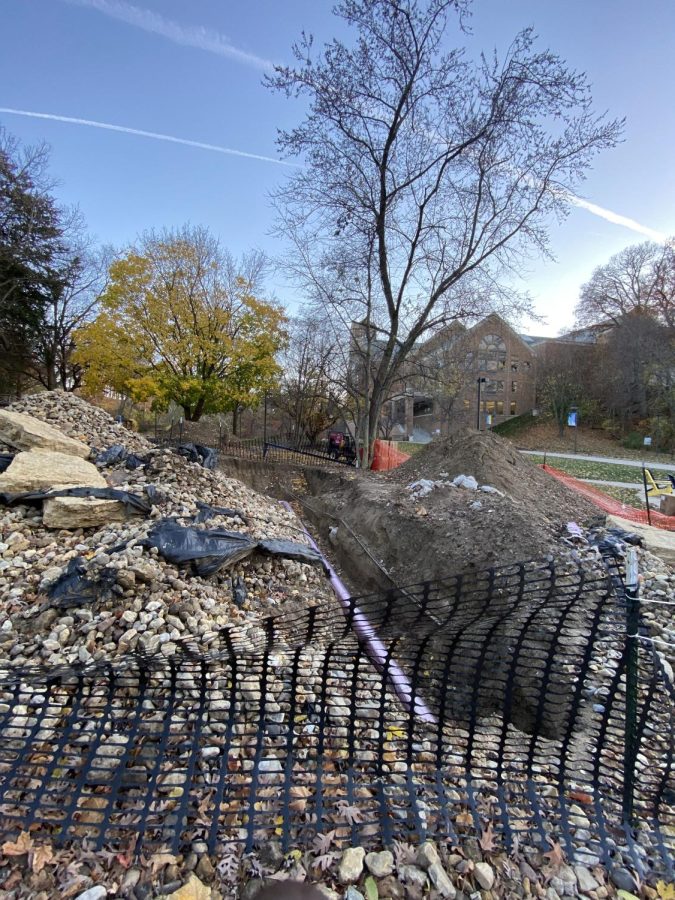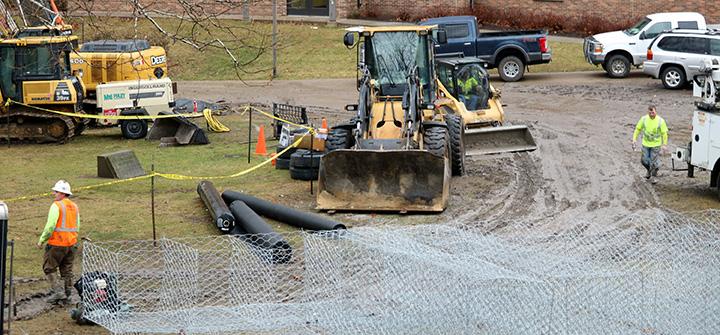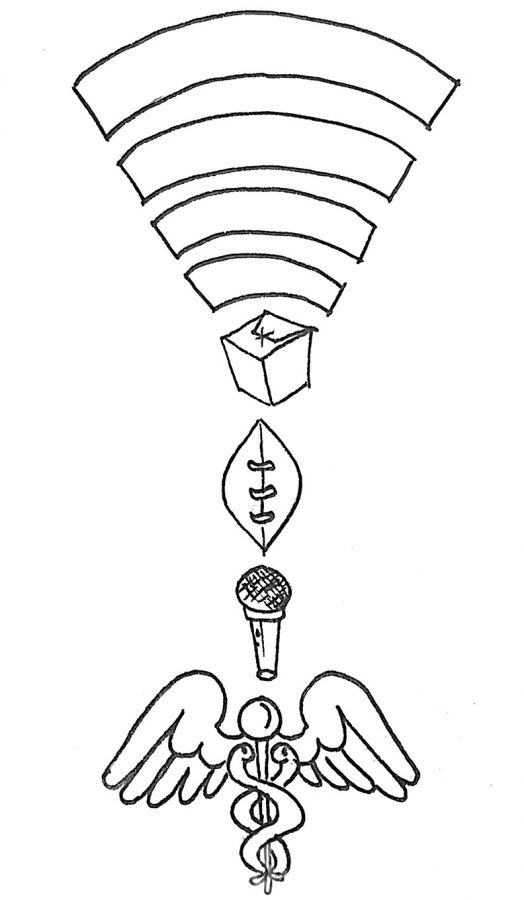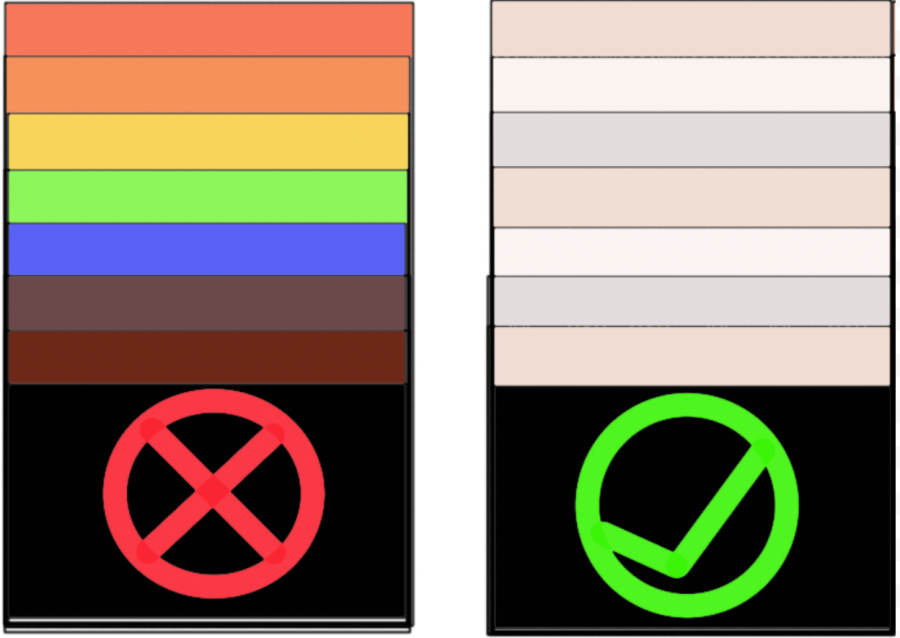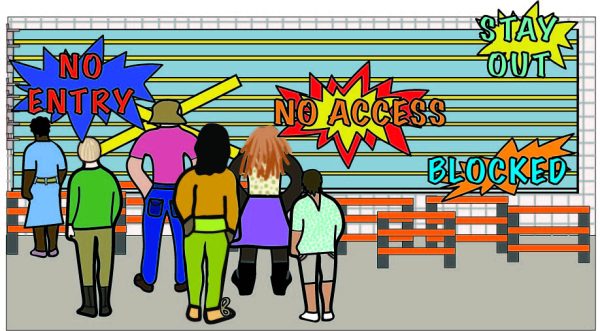The double-edged sword of qualified immunity
October 30, 2021
The United States Supreme Court recently released two unsigned opinions which ruled in favor of police officers seeking qualified immunity from allegations of excessive force. Qualified immunity cannot be absolute for law enforcement, but their actions can be justified.
Qualified immunity is a legal doctrine that shields law enforcement from liability for constitutional violations including allegations of excessive force. According to NPR’s Becky Sullivan, one must prove that an officer violated “clearly established law” to have a successful lawsuit.
One of the opinions stemmed from a dispute in California. Police officer Daniel Rivas-Villegas responded to a 911 call reporting that a woman and her children feared that the woman’s boyfriend, Roman Cortesluna, would hurt them with a chainsaw.
At the scene, the officers discovered Cortesluna carrying a knife. Rivas-Villegas knelt on Cortesluna’s back and held up his arms as another officer retrieved the knife. Cortesluna sued over excessive use of force. I’d make the case that the force could not have been excessive since it was the most practical method of retrieving the knife without risking harm.
The second case originated in Oklahoma, where three police officers shot and killed Dominic Rollice, who was drunk and grabbed a hammer in his ex-wife’s garage.
Both of these cases share a common trait: the suspect possessed a weapon capable of doing harm. Without intervention, the suspects could injure or even kill officers who try to de-escalate situations. Force that may be deemed “excessive” by some may be necessary, or officers would be at greater risk of injury, deterring them from enforcing the law in their communities.
Supreme Court precedents have sided with officers who act in good faith to arrest suspects perceived as dangerous, even if it breaches the Fourth Amendment’s guarantee to protection from “unreasonable searches and seizures.”
Terry v. Ohio (1968) held that under the Fourth Amendment, “a police officer may stop a suspect…and frisk [them] without probable cause to arrest, if the police officer has a reasonable suspicion that the person…is about to commit a crime and has a reasonable belief that the person may be armed and presently dangerous.”
Tennessee v. Garner (1985) held that “a police officer may use deadly force to prevent the escape of a fleeing suspect only if the officer has a good-faith belief that the suspect poses a significant threat of death or serious physical injury to the officer or others.”
The knife and hammer possessed by the aforementioned individuals present suitable evidence to classify them as armed and dangerous. Police in these contexts are justified to act in good faith. Kneeling on Cortesluna’s back was a strategy employed to retrieve the knife safely, and shooting Rollice is justified self-defense.
CNN Supreme Court reporter Ariane de Vogue conveys how “in recent years, legal scholars, lawmakers, and judges have criticized the qualified immunity doctrine, arguing that it is not grounded in the proper legal authorities and too often shields officials from accountability.”
Following the murder of George Floyd by Minneapolis officer Derek Chauvin in May 2020, the questions surrounding the relationship between police brutality and qualified immunity have escalated.
With cases like Floyd’s, officers cannot be immune from punishment, as they are also citizens that have to obey the laws which they enforce. Floyd’s circumstances severely differ from the discussed Supreme Court opinions. He was not armed and dangerous, nor did he appear as a threat to others’ safety.
The Black Lives Matter protests that followed emphasize the tyrannical nature of law enforcement and how qualified immunity can not be absolute. Using tear gas and rubber bullets to disrupt peaceful, nonviolent protests is unjust. Infractions such as this in turn violate protesters’ First Amendment freedom to assemble.
Even though police activity can be evaluated on a case-by-case basis to determine whether or not immunity applies to them, the doctrine as an entity is not likely to undergo reform due to the rise of the Supreme Court’s conservative wing. The recent rulings suggest that the Court is not willing to radically transform how it considers qualified immunity cases.



